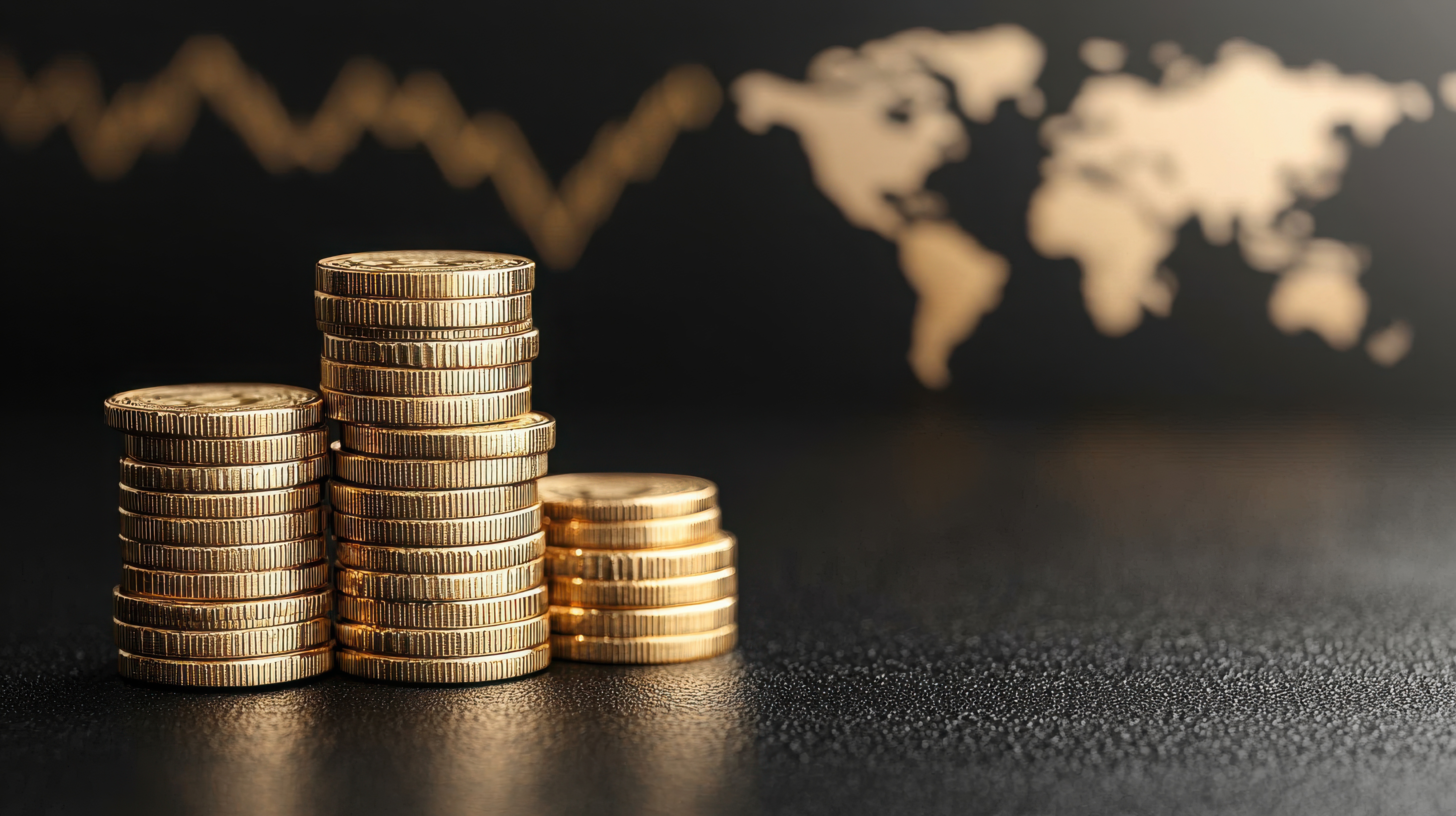What Are the Most Common Counterfeit U.S. Coins?
Spotting Fakes: The Most Commonly Counterfeited U.S. Coins
Unfortunately, there are many counterfeit coins out there. The good news is reputable sellers try to spot suspect coins before they’re sold to the public. While any coin may be counterfeit, certain ones tend to be produced more often than others. If they’re in the market to buy gold coins, Carlsbad collectors should keep reading as we list some of the most common counterfeit coins minted or produced in the United States.
1909 Lincoln Cent
The 1909-S VDB Lincoln remains one of the most popular coins in the United States among collectors. Forgers add an extra “S” mint mark or “VDB” initials. These indications suggest you might have a real Lincoln Cent from 1909. However, because these coins are counterfeited so often, it’s important to inspect them carefully.
1916-D Mercury Dime (and Other Gold Coins)
With gold coins, the 1916-D Mercury dime ranks as one of the most popular in the Mercury Dime series. The 1916 edition is fairly common and affordable. This is why counterfeiters often attempt to recreate this dime and pass it off as an original by adding a tiny “D” mark.
Other gold coins often counterfeited in the U.S. include:
- 1925-D Quarter Eagle
- 1912 Quarter Eagle 1911
- 1914 Quarter Eagle
- 1911 Quarter Eagle
Interestingly, the early editions of some of these gold coins weren’t well received by the public. Today, however, collectors appreciate the designs of these coins. This is one of the reasons such coins are often counterfeited. There are gold dollars from previous years that tend to show up as frequently counterfeited as well. This list includes the 1853 Gold Dollar coin, the 1862 Gold Dollar, and the 1887 Gold Dollar.
1893-S Morgan Dollar
Only 100,000 Morgan Dollars from this series were made, making it a rare find and a precious one for collectors. Because of its high value (usually five figures), this coin is often counterfeited. Counterfeiters frequently add an “S” mark to Morgan Dollar coins minted in Philadelphia from this popular coin series.
Low vs. High Mintage
Some counterfeiters make an effort to pass rare coins with a low mintage off as originals to make collectors take notice. At other times, however, counterfeiters make an effort to pass off high mintage coins because they aren’t inspected as closely.
One example is the 1853 Gold Dollar, which saw the highest mintage for the entire series with approximately 4,076,051 pieces struck. Because of the gold ban that existed in the U.S. before 1974, many gold coins now prized among collectors are often counterfeited. Another example is the 1924 Saint-Gaudens Double Eagle, which had a mintage exceeding 4 million coins.
On the reverse side, the 1914 Gold Quarter Eagle had the lowest mintage in its series, making it a prime target for counterfeiters. Some of the imitations date back to the 1960s and remain in circulation among sellers and buyers.
When they’re looking to work with trustworthy precious metal dealers who offer high-quality service for collectors buying and selling silver, platinum, and gold coins, Carlsbad residents can rely on the professionals at First National Bullion. Give us a call today to speak with one of our gold coin experts.
The statements made in this blog are opinions, and past performance is not indicative of future returns. Precious metals, like all investments, carry risk. Precious metals and coins may appreciate, depreciate, or stay the same in cash value depending on a variety of factors. First National Bullion does not guarantee, and its website and employees make no representation, that any metals for sale will appreciate sufficiently to earn the customers a profit. The decision to buy, sell, or borrow precious metals and which precious metals to purchase, borrow, or sell are made at the customer’s sole discretion.


